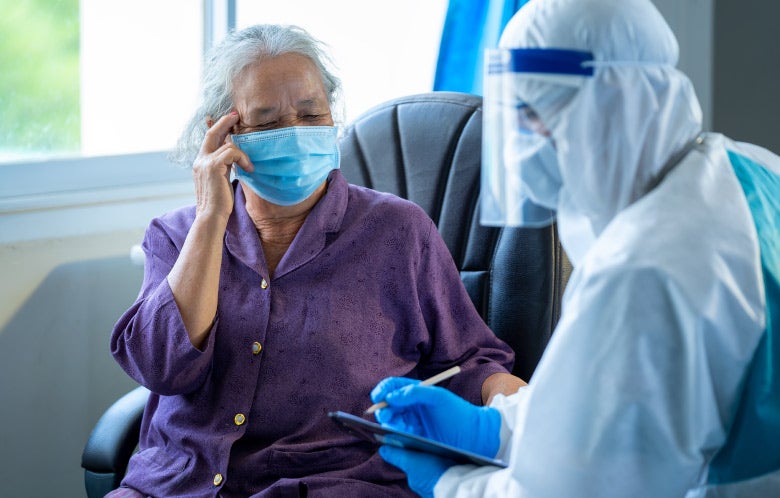Two years after the emergence of COVID-19, researchers have explored the efficacy of a wide variety of repurposed medications, including antivirals, anti-inflammatories and anti-parasitic therapies. Corticosteroids took an early lead after publication of the RECOVERY trial, but hydroxychloroquine and ivermectin each brought some controversy. A meta-analysis of 10 prior trials of patients with mild or moderate COVID-19 found that ivermectin did not reduce all-cause mortality or length of hospital stay.
Investigators in Malaysia conducted an unblinded randomized trial comparing five days of ivermectin plus standard care compared to standard care alone for adults more than 50 years of age with mild to moderate COVID-19. Participants had at least one risk factor for severe disease. Exclusion criteria included asymptomatic disease, more than seven days since symptom onset, hypoxemia, pregnancy, or recent use of antivirals. All were admitted to a COVID-19 quarantine center for close monitoring. The investigators recruited 500 participants, of which 241 from the ivermectin group and 249 from the standard care group were included in a modified intention-to-treat analysis. Participants had a mean age of 62.5 years, and most had hypertension (75.3%) and/or diabetes (53.5%). Over half had completed two COVID-19 vaccine doses. Concomitant therapies administered included corticosteroids (27%), antibiotics (22%), and systemic anticoagulation (28.6% with ivermectin vs. 22.9% with standard care). The primary outcome was the proportion of patients requiring oxygen therapy to maintain an oxygen saturation of at least 95 percent.
The primary outcome was similar between the two groups, with 21.6 percent in the ivermectin group requiring oxygen compared to 17.3 percent in the standard care group (relative risk [RR] 1.25, 95% CI 0.87-1.80). There was no difference in the rate of oxygen requirements in subgroup analysis, including vaccine status. Both groups had similar rates of intensive care unit admission (2.5% vs. 3.2%, RR 0.78, 95% CI 0.27-2.20), mean length of hospital stay (7.7 vs. 7.3 days), and in-hospital all-cause mortality at 28 days (1.2% vs. 4.0%, RR 0.31, 95% CI 0.09-1.11). Complete resolution of symptoms by day five was also similar in both groups. The ivermectin group had higher rates of adverse events (13.7% vs. 4.4%), mostly driven by diarrhea.
This trial sought to answer whether ivermectin has efficacy for mild-to-moderate COVID-19, but it may raise more questions. Despite the lack of statistical significance, the wide confidence interval for mortality doesn’t exclude the possibility of benefit if the trial were repeated. The choice to use 95 percent as the threshold for supplemental oxygen is interesting, and may overestimate benefit, as a lower threshold is more often used in the United States. The healthcare system in Malaysia is unique in other ways, and many of the individuals admitted for quarantined supervision in this study would have been managed at home in other countries. If treated at home, mild hypoxemia (the minimal threshold for the primary outcome) may not have been detected in many participants, potentially altering the conclusion.
Also potentially confounding the results is the fact that Malaysia has an estimated prevalence of Strongyloides stercoralis of upwards of 30 percent, an infection exacerbated by use of systemic steroids. It has been hypothesized that the benefits of ivermectin in a population with COVID-19 and high rates of Strongyloides are really from treating the unintentional harms of corticosteroid therapy as opposed to a benefit of treating COVID-19 itself. The lack of blinding additionally clouds the outcomes of interest. In light of these results and those from the other 10 trials before it, the magnitude of benefit of ivermectin for COVID-19, if any, is probably small.
For more information, see the topic Management of COVID-19 in DynaMed®.



